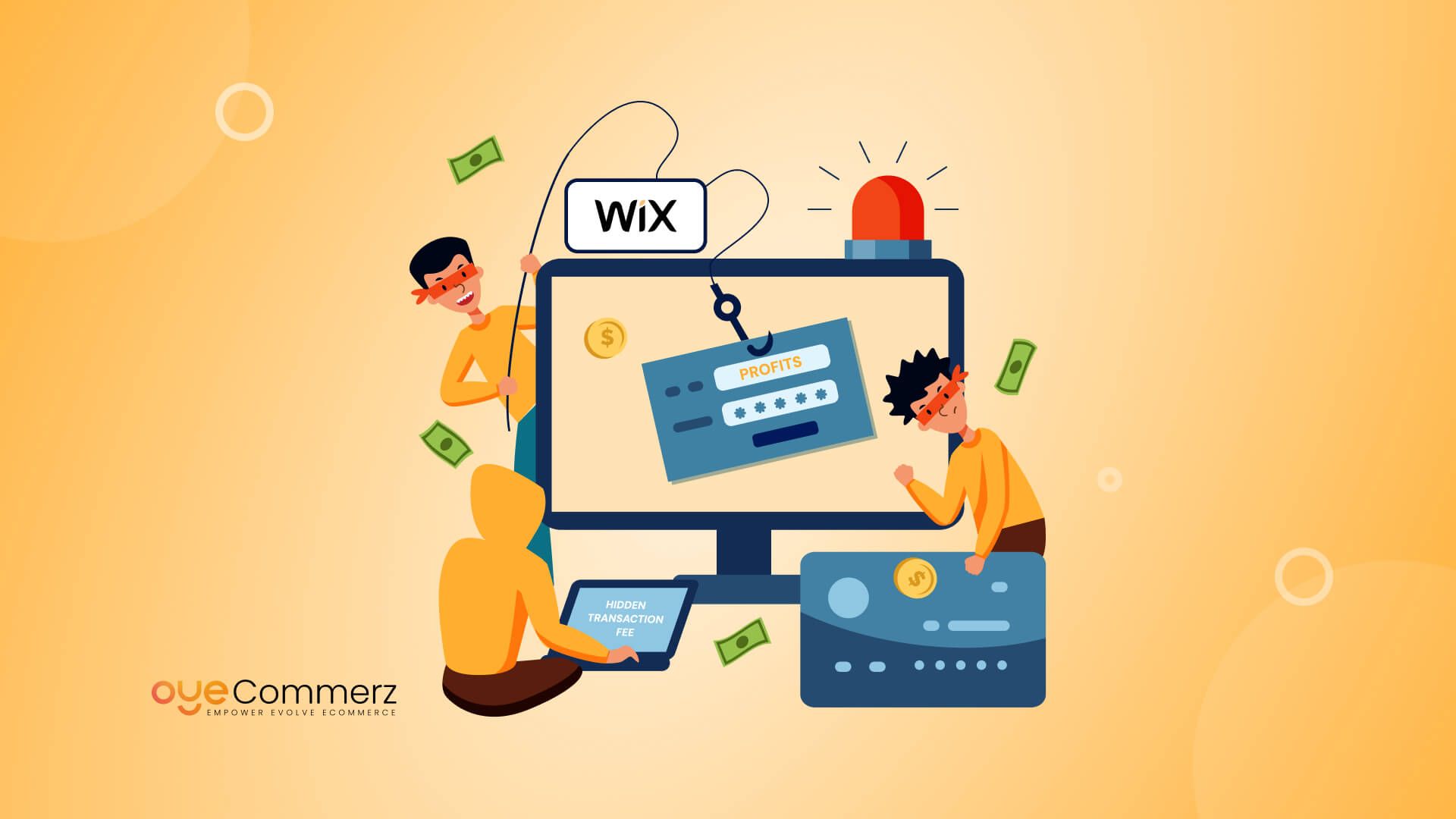In the current digital environment, choosing the appropriate e-commerce solution is crucial for enterprise success. If you are currently utilizing Wix but are considering a switch to Shopify, you are in good company. Many companies are migrating to Shopify to leverage its powerful features, expandability, and dedicated e-commerce solutions. This guide will outline the migration process, guaranteeing a seamless move and setting you up for e-commerce achievement.
Why Migrate from Wix to Shopify?
Before diving into the transition process, it's essential to recognize why Shopify might be a superior fit for your e-commerce requirements:
- Specialization: Unlike Wix, which serves various use cases, Shopify is designed specifically for e-commerce, offering advanced features and features tailored for online selling.
- Scalability: As your business grows, Shopify can easily handle higher visitor volumes and sales capacity without sacrificing performance.
- Wide-ranging App Ecosystem: Shopify offers a vast library of apps that can boost your store's functionality, from advertising solutions to stock control options.
- SEO Capabilities: Shopify offers superior SEO options, which can assist in boosting your store’s presence on search engines.
- Transaction Methods: With numerous payment gateways supported, including Shopify Payments, you can provide customers a wide range of payment methods.
Preparing for Transition
To guarantee a trouble-free migration from Wix to Shopify, follow these preparatory steps:
1. Save Your Information
Download all your information from Wix, including product details, customer information, and order history. This process is crucial as it ensures you have a copy of all data before starting the migration.
2. Select a Pricing Option
Evaluate the different Shopify plans offered and select one that best suits your company’s needs. Consider factors such as costs, features included, and scalability options.
3. Create Your Shopify Profile
Create your Shopify account and familiarize yourself with the platform’s interface and tools.
The Transition Process
Now that you are prepared, it’s time to transfer your store from Performance analytics Wix to Shopify. Here’s how:
1. Transfer Items
Use Shopify's integrated migration utility or external migration apps like Cart2Cart or LitExtension to move your items from Wix to Shopify.
Make sure that product descriptions, images, costs, and options are correctly transferred.
2. Transfer Customer Data
Import customer information such as user names and contact info into your new Shopify store. This step is vital for maintaining customer relationships and advertising strategies.
3. Configure Transactions
Set up transaction methods in your Shopify store to guarantee seamless payments. You can select from multiple platforms like debit methods, PayPal, and more.
4. Personalize Your Store Design
Select a design that reflects your business image. Modify it using Shopify's customization options to create an appealing and intuitive store layout.
5. Search Engine Optimization
Implement SEO strategies during the transition process:
- Configure 301 redirects from E-commerce tools old Wix URLs to new Shopify URLs.
- Enhance item names, details, and photos with targeted search terms.
- Modify meta tags and alt texts for improved search engine visibility.
After Migration Steps
Once your store is live on Shopify, consider these follow-up steps:
1. Check Your Website
Perform comprehensive testing of your new store:
- Verify product pages for accuracy.
- Test payment processes.
- Ensure all links work correctly.
2. Launch Marketing Campaigns
Broadcast your new store launch through newsletters and social platforms.
Think about offering promotions or discounts to attract customers.
3. Track Your Progress
Leverage analytics tools within Shopify to monitor revenue growth and customer behavior.
Adjust your strategies based on performance analytics.
Conclusion
Migrating from Wix to Shopify can substantially improve your e-commerce capabilities and set the stage for growth and success. By adhering to this manual and taking a step-by-step approach to the migration process, you can ensure a seamless transition that reduces downtime and maximizes opportunities for revenue. Embrace the change and watch your online store thrive on its new platform!
